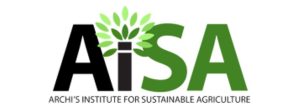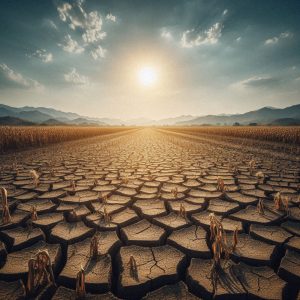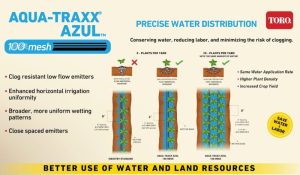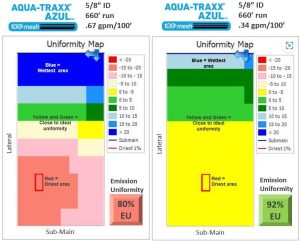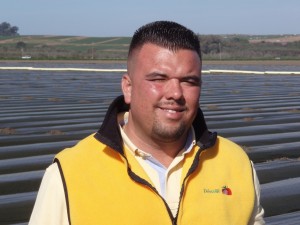
Row crop growers were among the first farmers to adopt drip irrigation as a production tool rather than to save water. Initially, drip was viewed as a superior way to manipulate plant growth and quality by precisely managing water and fertilizer after germination or plant set. Sprinklers are commonly used to germinate vegetable seed or set vegetable transplants, and in some cases, are still used today to irrigate throughout the crop cycle. But with water, labor, energy, fumigation, organic, and food safety issues becoming more important each day, growers are finding that drip provides real solutions, and may be used for much more than just irrigation after plant establishment.
“With drip, I’m not applying water in-between the beds, so weed growth is greatly reduced. With sprinklers, weeds germinate everywhere and I am forced to hand weed, which is expensive,” says Frank Estrada, Area Manager for Reiter Berry Farms in Watsonville, California. “We stopped using sprinklers over three years ago for anything except pre-irrigation prior to bed prep.”
According to Frank Estrada, here are some of the benefits that Reiter Berry Farms has experienced with drip irrigation:
- Ability to set transplants without sprinklers
- Ability to deliver inline fumigant via “bed fuming”
- Reduced weed growth
- Reduced water use
- Reduced run-off
- Reduced sprinkler costs
- Less standing water that could harbor E. Coli
Click here to learn more about Reiter Berry Farms and how row crop growers are using drip tape for more than irrigation. For Spanish, click here.

